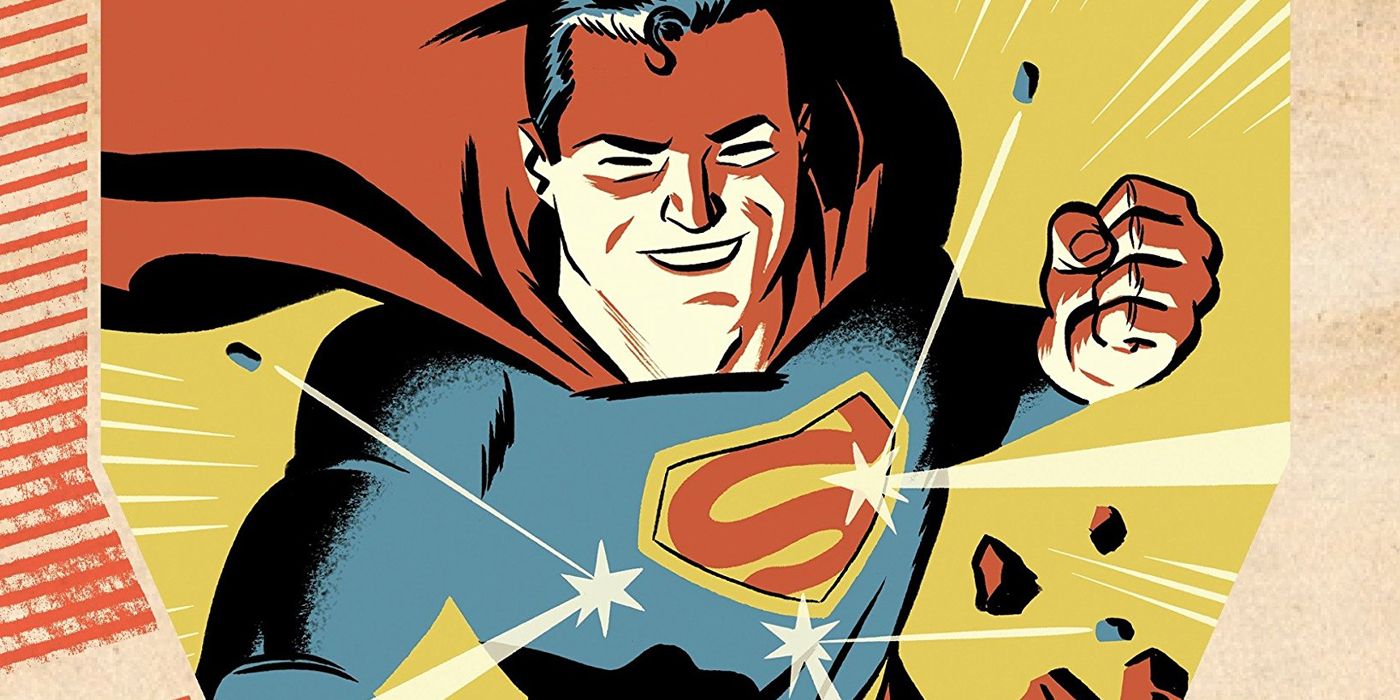
Golden Age Superman is a steadfast legacy character in the realm of comic books that holds a special degree amongst The Man of Steel iterations. Kal-L, as opposed to his future counterpart, Kal-El, would be the "original" Superman introduced by Joe Shuster and Jerry Siegal in 1938 and would be the Superman that segued the greater comic book medium into fruition.
Surprisingly, the many crisis-events over DC's tenure have overhauled the OG superhero, leaving him to be outshined by his future counterparts in terms of power & feats. Nonetheless, the conception of the character and the future implications thereafter are commonly overlooked for the more grandiose facts of the Man of Steel. Let's take a look at some obscure facts of the Golden Age Superman.
10 Most Live-Action Adaptations Are Based On Golden Age Superman
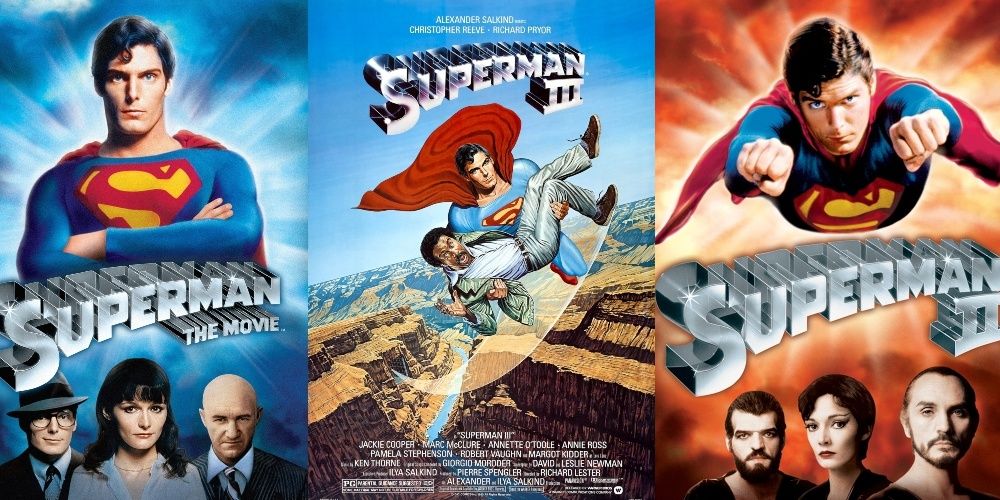
From Christopher Reeve & Dean Cain to Brandon Routh & Henry Cavill, the titular role of The Man of Steel has been taken up by various actors since Superman's inception in the late 1930s. However, aside from Henry Cavils' unsure, inexperienced Clark, which took cues from the New 52, most live-action adaptations of Superman pulled their inspiration from the Golden Age Superman.
Having the old school adaptations embody the core Superman tenants of truth and justice, his stories began taking a more grandiose approach amidst the Silver Age, having his TV appearances follow suit. Unfathomable feats would begin trickling into the medium, seeing him subdue Zod's goons with an elastic "S" emblem he rips from his chest and flying so fast that he travels back in time to save Lois Lane.
9 Was Potentially Surpassed By Shazam in Popularity

While in hindsight, Superman is THE definitive superhero who paved the way for the greater comic book landscape, he would have one of his first true rivals in popularity with the introduction of Captain Marvel. Created by Bill Parker and C.C. Beck in 1940, Fawcett Publications quickly took notice of the notoriety Superman received, and thus, Whiz Comics #2 would hit the newsstands and blow Supes out of the water, almost to an unrecoverable point.
If not for a lawsuit that tanked the character until the 70s, which in this time-lapse, Marvel Comics commandeered the 'Captain Marvel' name, accrediting to the title change of 'Shazam' being used in his reintroduction, Superman's comics would've been a forgotten relic like the Phantom Stranger, or at the very least, B-List among other heroes.
8 Super-Ventriloquism
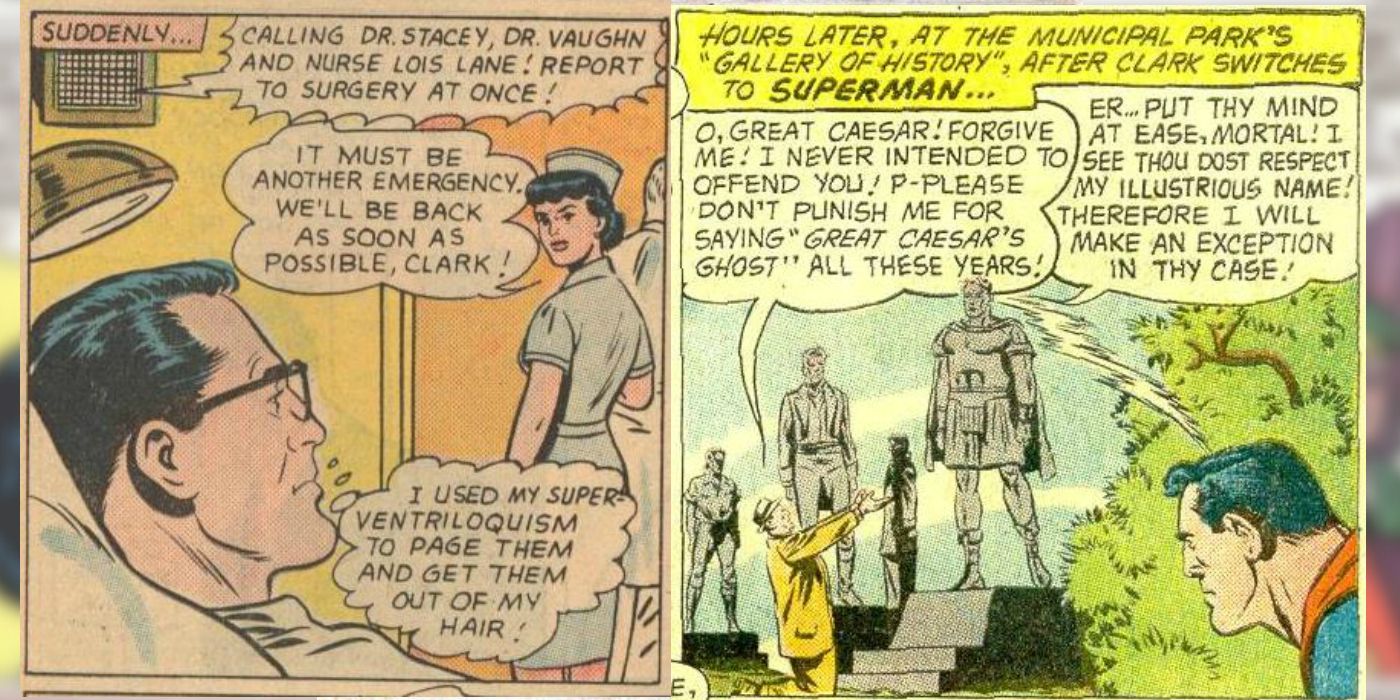
In his early days, one of Superman's more interesting abilities was being able to "throw" his voice over a distance to fool people into thinking someone or something was talking to them. Called super-ventriloquism, this obscure power would begin fading from Superman's repertoire post-crisis as it was pretty loony and potentially overpowered. He could be standing right in front of you and cast his voice to make it seem Clark Kent was shouting from the other room.
7 He Became the Earth-Two Superman
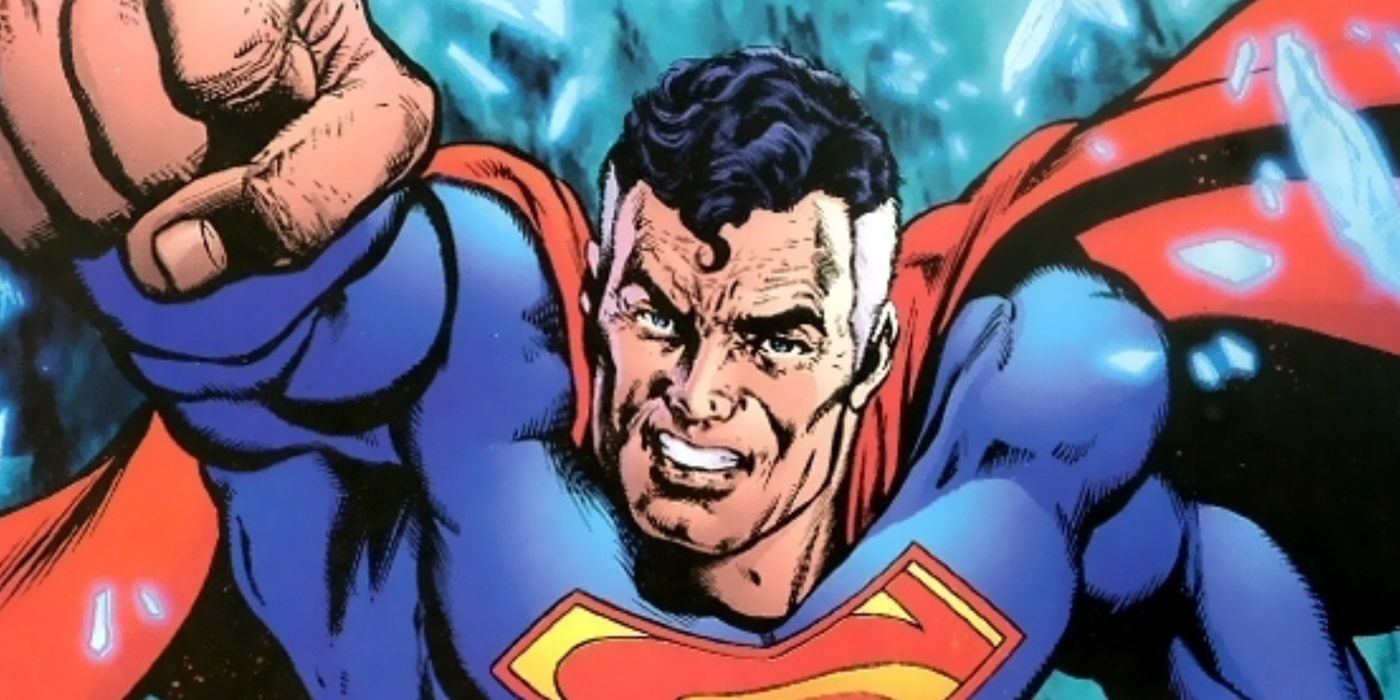
Superman's abilities would drastically expand after his initial introduction, however, when Silver Age comics began its development with Barry Allen in DC Showcase #4, one of the questions fans had was how he correlated to Jay Garrick, the Golden Age Flash. In response, DC would release a comic called Flash of Two Worlds in 1961, detailing that what was once thought of as a singular universe, was in fact, a multiverse, thus opening the door for DC to tell a whole new wide range of stories.
Amidst the multiverse was Earth-Two, a universe that encompassed the superheroes from WWII, and among them was the Superman from Action Comics #1. He would sacrifice his life in Crisis on Infinite Earths but returned disillusioned in Infinite Crisis due to the manipulations of Alexander Luthor.
6 Considerably Weaker Than Future Supermen
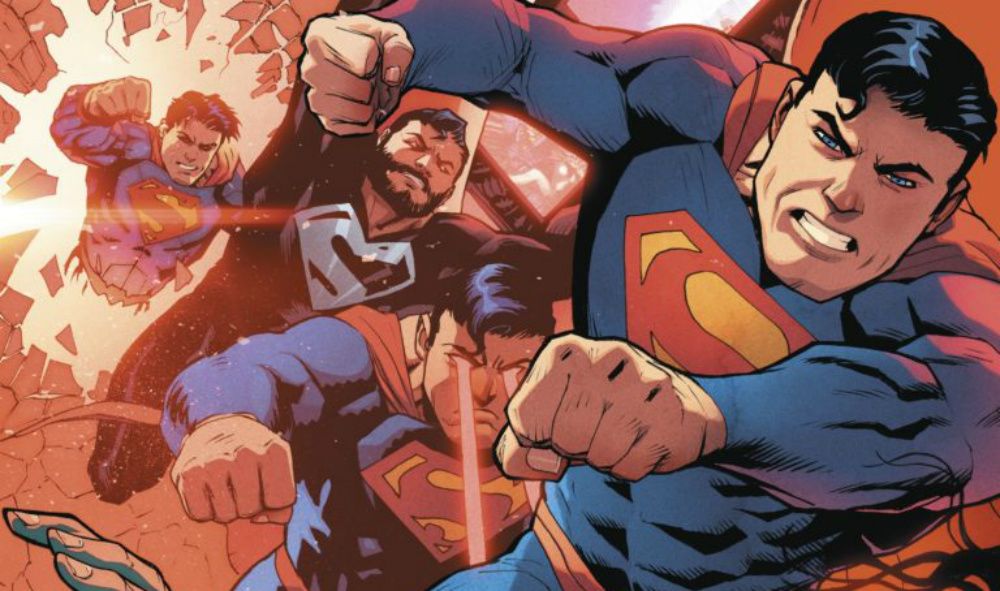
As previously stated, Superman's abilities would increase exponentially after his initial introduction, pushing him much further past the "faster than a locomotive, leaps tall buildings in a single bound" mantra that was originally attributed to the Man of Steel. Now, while the many incarnations of Superman we've seen over the decades all have their unique features whether it be having a softer, more story-driven side, a confident, old-school persona, or the lack of both, yet achieving incomprehensible feats of strength and power, the Golden Age Superman is widely regarded as the physically weakest out them all.
This was because his debut was more of a test to see if the character could work, not to mention before the fusion of science fiction themes with superheroes, the medium consisted of "tangible" superheroes that didn't expand too far outside the realm of imagination.
5 11 Year Radio-Show

Less than two years after his comic debut, Superman's popularity would earn him his own radio serial dubbed The Adventures of Superman. Following the quest for "truth and justice", listeners tuned in midday to hear The Man of Steel suit up and embark on countless journies to defeat his enemies. Voiced by Bud Collyer, every episode featured a scene in which Clark Kent transformed into his Superman alter-ego, an impression which Collyer conveyed by shifting octaves while speaking the phrase "This is (or "looks like") a job for Superman!". The radio show coined the famous "It's a bird! It's a plane! It's Superman!" catchphrase/intro that future fans and bystanders alike had come to recognize, even after its 11-year tenure.
4 "Superman" Was A Villain Before He Was A Hero
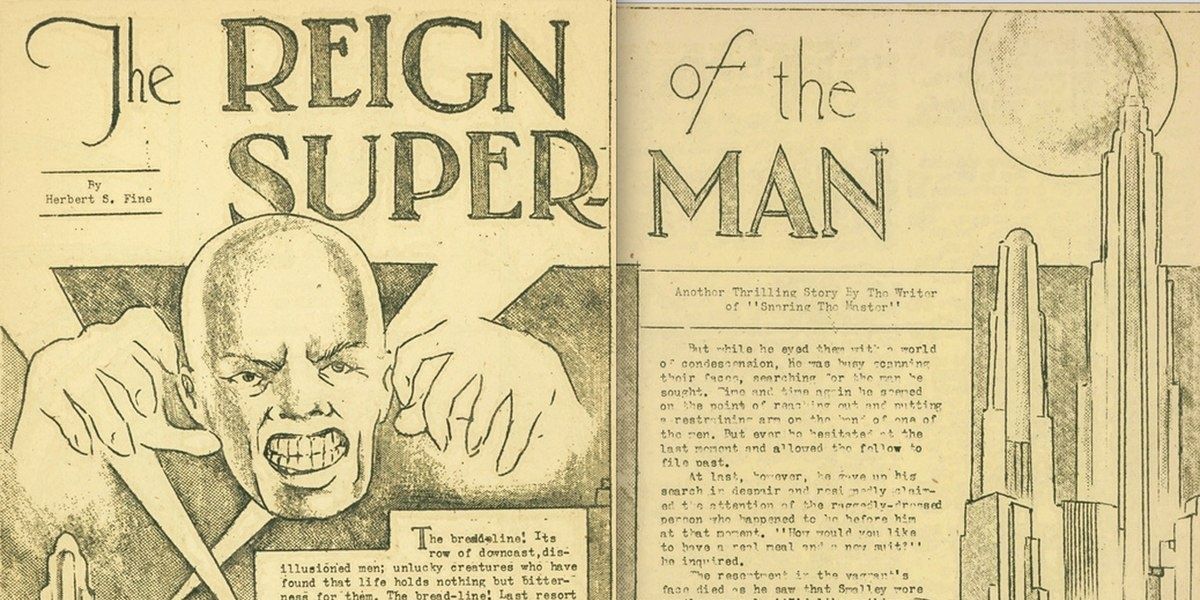
In January of 1933, Joe Shuster and Jerry Siegel brought forth their initial "Superman" character as a man named Bill Dunn, and interestingly enough, he would be a telepathic supervillain as opposed to the brawny, physically powerful superhero that would later debut. The story details how a mad scientist named Professor Ernest Smalley entices Bill Dunn, a homeless man down on his luck, into participating in his experiment.
As with most individuals who come under the influence of extreme power, Bill Dun uses his abilities for evil, killing the professor and looking to conquer the world. However, his powers are temporary and eventually fade. Unable to recreate the experiment, Dunn returns to his life of homelessness, struggling to get by.
3 Super-Muscular Control
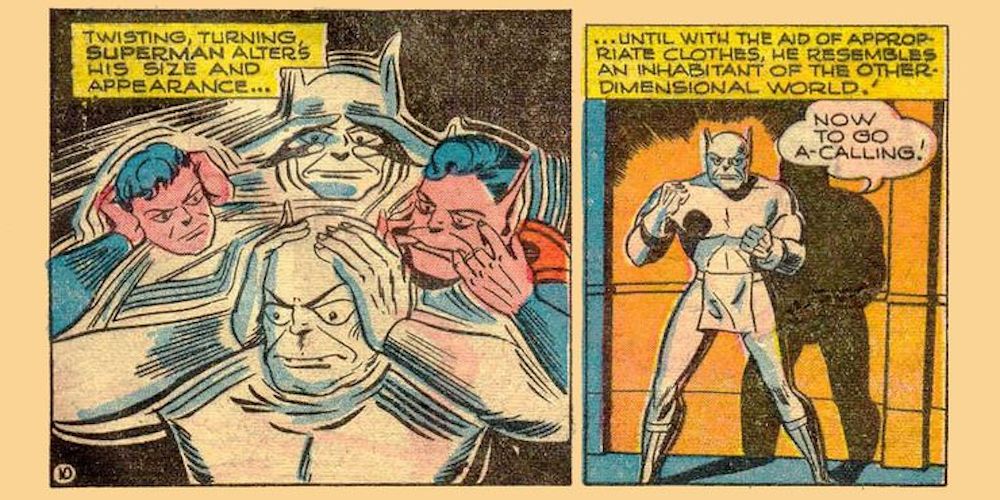
Though this appeared only a handful of times, one of Superman's looney powers in his early days was the ability to contort his face into any form using his clay-like, super-muscular control powers to duping enemies by disguising himself. On one occasion he used this ability to impersonate a stuntman who felt he was under a threat from adversaries, but over time this ability would expand, and very much like Plastic Man or Mr. Fantastic, he was able to morph his entire body like he did when he needed to impersonate being an interdimensional alien. It is wonky, but then again, this is Golden Age Supes.
2 Crime-Fighting Predecessor Comic Was Burned By Joe Shuster

After their introduction of Bill Dunn, the evil, telepathic Superman, Joe Shuster, and Jerry Siegel would reinvent their creation to be more in line with a traditional hero as opposed to a villain. Conceiving this idea in a 48-page, 1933 black-and-white comic featuring a private investigator, "The Superman" gave way to Shuster's & Siegel's eyes and hearts being set on Consolidated Book Publishing, but after they abandoned the publishing of comic books, Joe Shuster became disillusioned and set aflame the books, save for a single cover that Siegel rescued from the blaze. Determined to have their creation published, the next time they would reinvigorate the title would be in 1939 with Clark Kent, setting them off to the races.
1 OG Superman
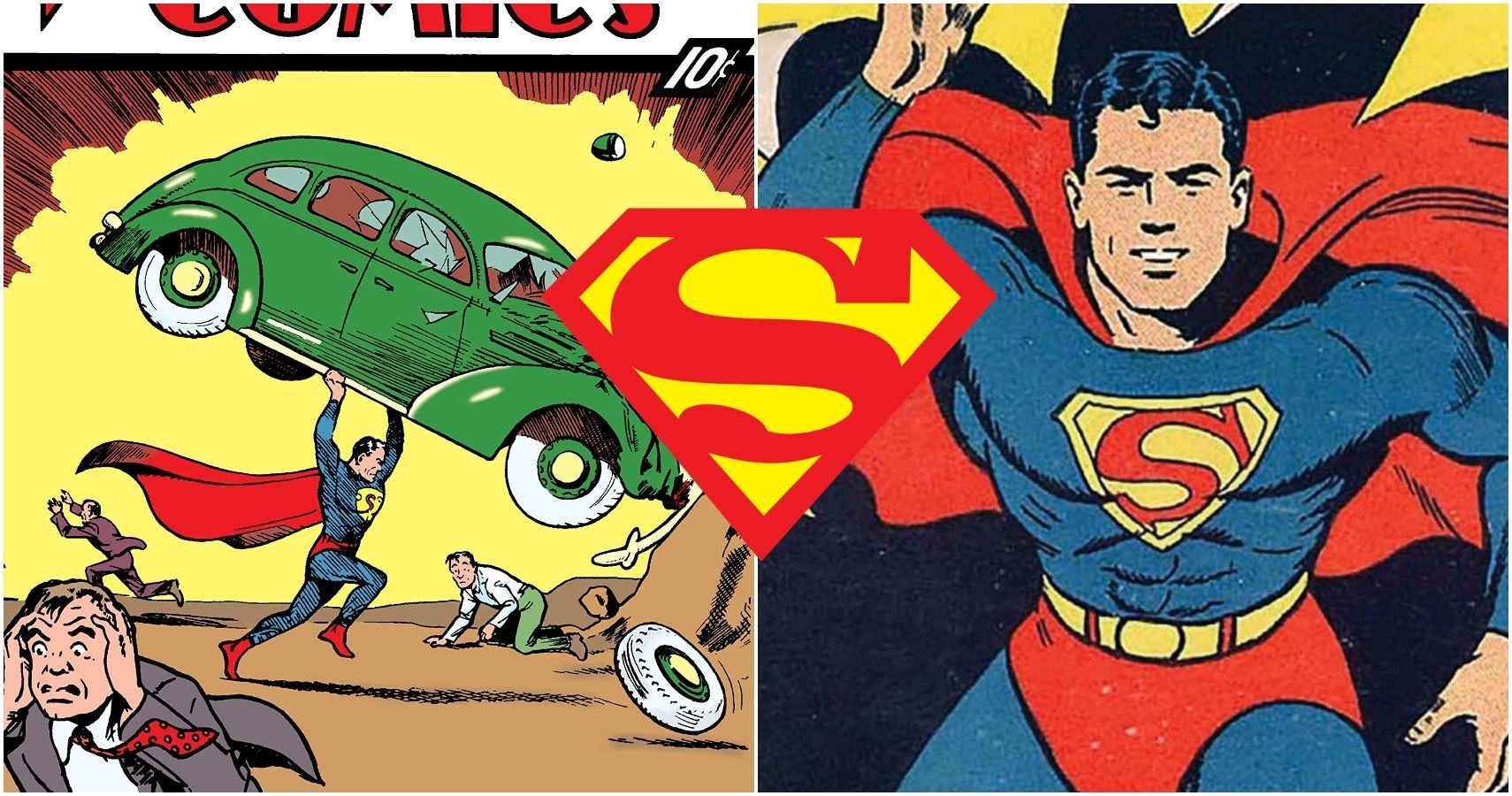
While this may be a misnomer given the previous supervillain iteration, Action Comics #1 would introduce the titular superhero, Superman, for the first time, setting the stage for the "comic-book superhero" and a landscape that would come to fruition in his wake. The blueprint behind future incarnations that would come to be more powerful and nuanced over his development, Golden Age Superman was the traditional—right is right, wrong is wrong—superhero that would establish himself as a mainstay whose notoriety extended well into the modern-day.
0 Comments